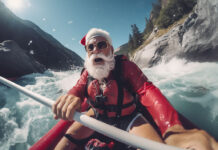“Everything’s okay, until it isn’t,” says Hawaiian big-wave surfer Roger Erickson, referring to the perils of surfing in giant waves. His quote applies equally to standup paddlers—even on a perfectly calm day. Everything’s okay until the wind comes up, a current sweeps a paddler out to sea or someone ends up in the cold water. That’s just one reason why choosing and wearing the right inflatable PFD is so important for paddleboarding.
The other reason is to avoid a ticket. Despite the toned and PFDless beach bodies decorating industry ads and Instagram photos promoting the #SUPlife, U.S. Coast Guard regulations are clear. Paddleboarders are required to carry an approved PFD at all times when outside of the surf zone or an obvious bathing area.
How to choose the right inflatable PFD for paddleboarding
Despite the risks and U.S. Coast Guard regulations, PFD use by the recreational paddleboarding community remains spotty. A 2012 survey by the American Canoe Association estimated just 25 percent of paddleboarders always wear a PFD when on the water. Amongst paddleboarders, inflatable PFDs have been used with far greater frequency than foam-filled flotation vests. This is because inflatable PFDs have many advantages: the minimalist designs are low profile, cooler in hot climates, and offer an unrestricted range of motion and fewer tan lines.
“When standup hit the ground running after Outdoor Retailer in 2009, I knew that this was the place to focus our attention,” says Lili Colby, co-owner of PFD manufacturer, MTI Adventurewear. “MTI has made inflatable belt packs since 2006. We went from selling a few hundred belt packs a year to thousands. All because of standup.”

Automatic versus manual inflation
More than a dozen companies are now manufacturing inflatable PFDs. Two types are available: automatic and manual. Both have an inflator mechanism that triggers a CO2 canister to fill the PFD’s bladder. In manual designs, inflation must be initiated by a conscious paddler who pulls the vest’s inflation tab, piercing the CO2 cylinder.
An automatic PFD inflates when a water-soluble bobbin comes in contact with water, releasing a spring-loaded pin that punctures the CO2 canister.
Both types of inflatable PFDs have a manual inflation tube for inflating the PFD by mouth in case of mechanical failure.
An automatically inflating vest could save a paddler’s life if they were knocked into the water unconscious. However, in lower end models, automatically inflating vests have been known to deploy when exposed to heavy rain. Beginners and some recreational paddlers may also find themselves falling off their boards and in the drink regularly, so a PFD that inflates on contact with water may be a nuisance.
Waist belts versus collars
Inflatable PFDs come in two styles: waist belts and collars. A waist belt must be worn in front, so that when the horseshoe-shape bladder pops out, it’s easy to pull over a swimmer’s head, Mae West-style.
“Have you pulled a waist belt?” asks veteran paddleboarding instructor, Rob Casey. He recommends practicing so that managing paddle, board and pulling the inflated bladder over the head is a fast and familiar process when it counts.
“Swimming with inflatables isn’t much fun,” cautions Casey. “The inflated part is wrapped around your neck and lower head, so it’s hard to see.” Paddlers who want flotation for non-emergency scenarios would do better to look for foam-filled flotation vests.
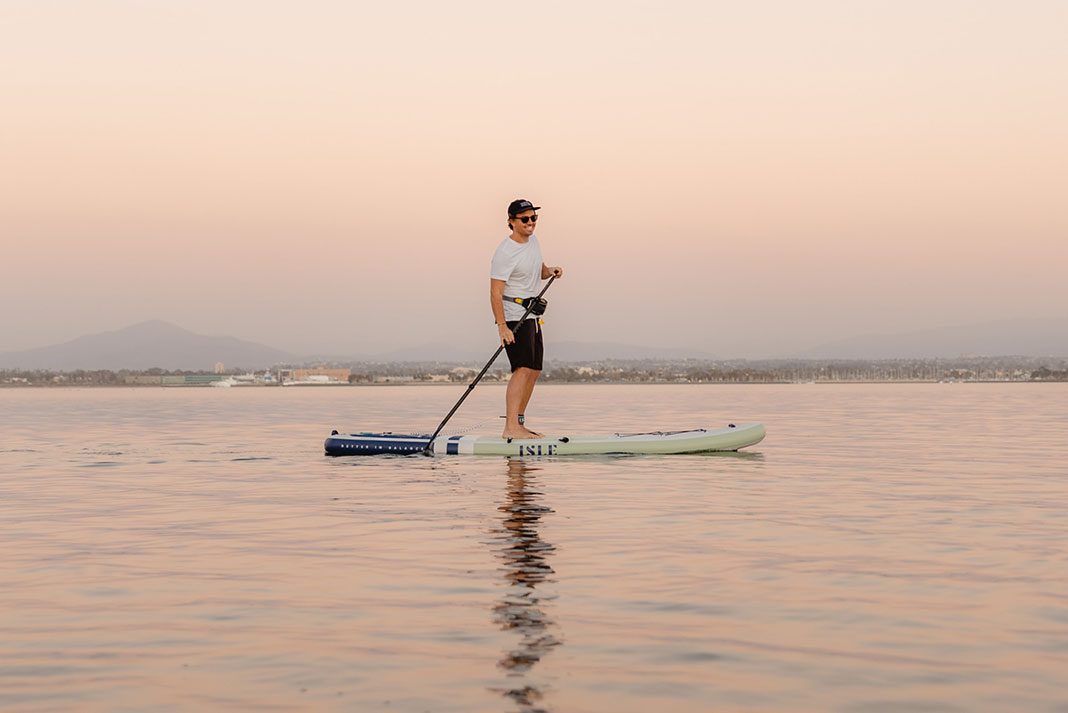
Other considerations
Inflatable PFDs are also not recommended for use in whitewater. Paddlers in cold climates or frigid waters may prefer foam flotation vests, which provide core insulation and may help protect against hypothermia during immersion.
“In my experience, a first-time paddler should be wearing a non-inflatable PFD [in case they panic],” recommends Starboard paddleboard athlete, Dan Gavere. It’s up to everyone else to weigh the pros and cons of inflatables and foam vests and pick what’s right for them.
While there are advantages to each style, ultimately the best PFD is the one you always wear. “Inflatables are certainly a better option for hot environments, where vest styles are simply too warm,” says Casey.
Benjamin Marcus is the author of The Art of Stand Up Paddling, and the former editor of Surfer magazine.
An inflatable PFD for paddleboarding can be your bridge over troubled waters. | Feature photo: Simon Podehradsky



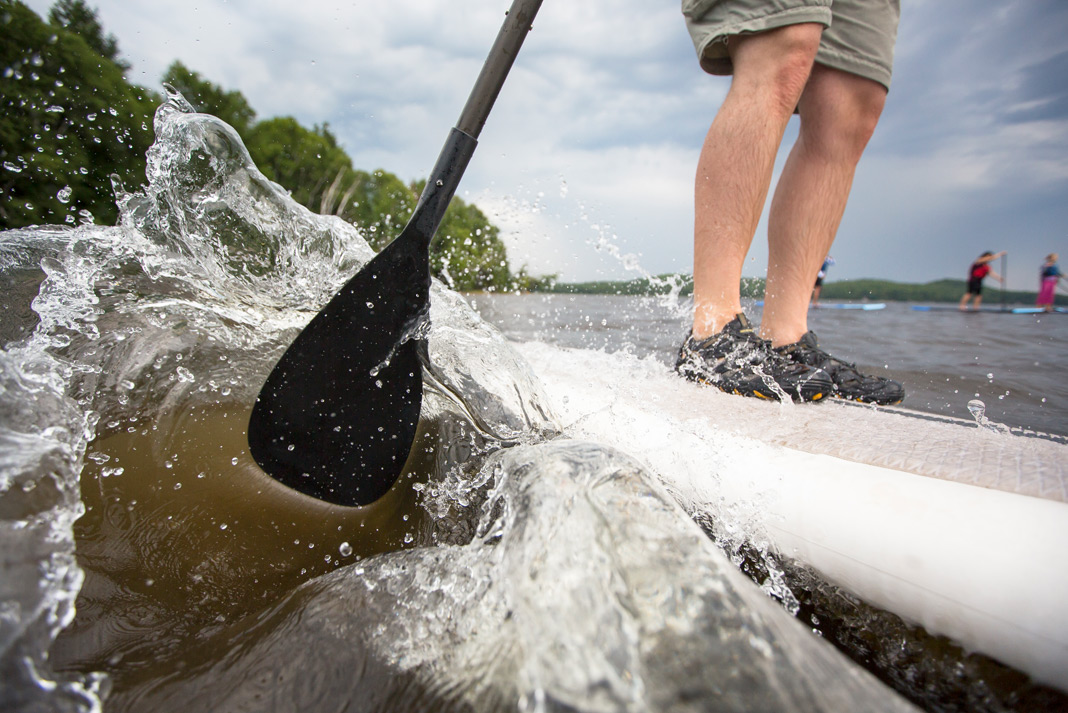
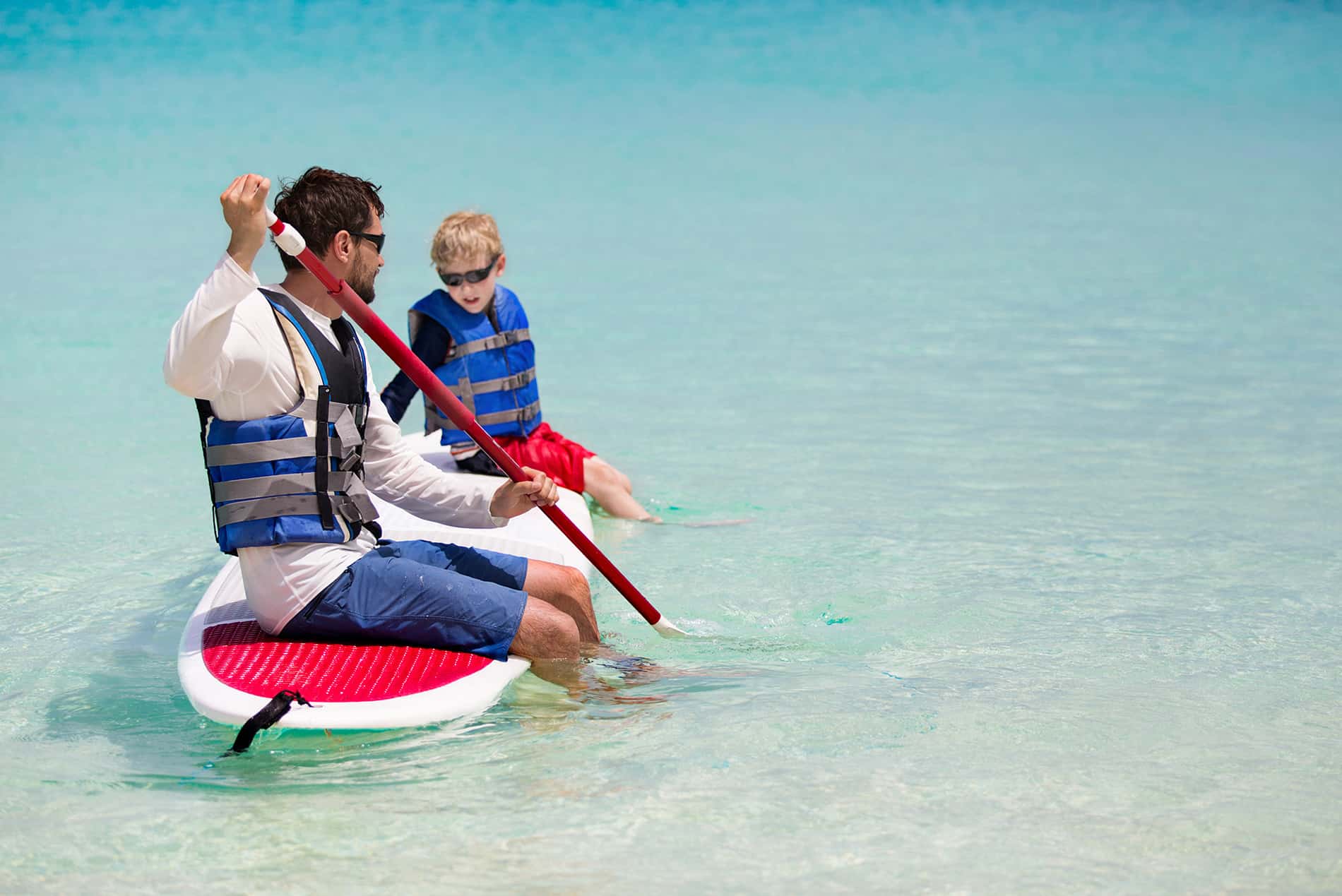
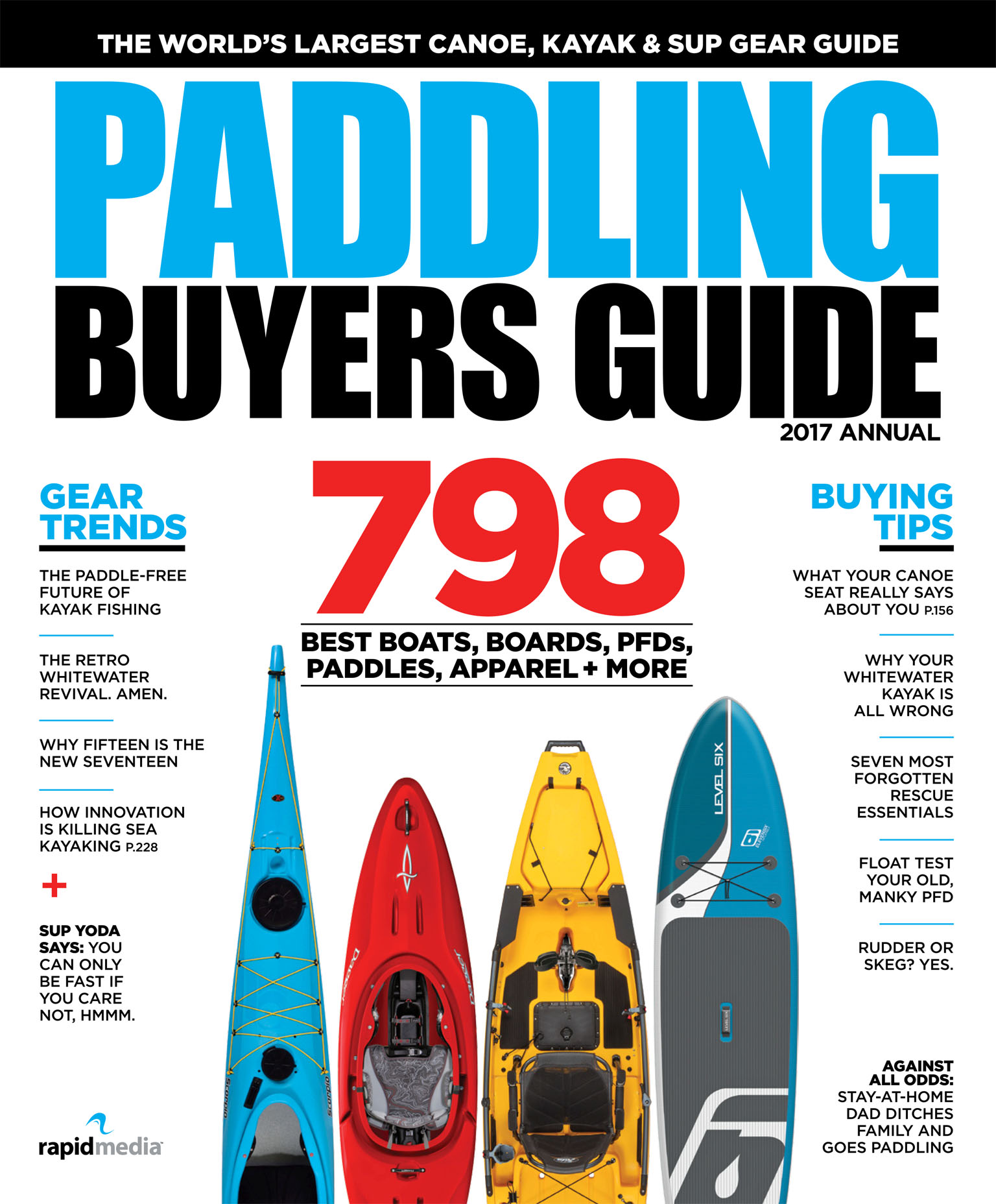 This article was first published in the 2017 Paddling Buyer’s Guide.
This article was first published in the 2017 Paddling Buyer’s Guide. 



